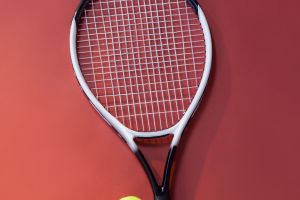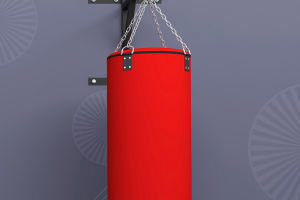A bicycle, also known as a pedal car or bicycle, is usually a small land vehicle with two wheels.
People ride in the car, and the pedal for power is green transportation.
Bicycles can be used as a means of transportation to get around.
Travel, more and more people use bicycles as fitness equipment to ride for exercise.
Bicycle travel, the bicycle itself is also a sports competition, there is a road bicycle race.
Mountain biking. Track cycling. Stunt bike racing, etc.
What is the structure of a bicycle? What kinds of bicycles are there?
1. Body System
The body system is the part that installs.
It is the part that carries all bicycle-related parts and makes each machine function as one, mainly including the head tube.
The upper and lower middle five-way seat post clamp pad rear fork brake is solid.
2. Steering System
The steering system is the operating system that controls the direction of travel of the vehicle, mainly including handlebar sets. Handlebar bowl set front fork.
3. Transmission System
The transmission system is a system that transmits the kinetic energy generated by the feet to the wheels to make the self-propelled parts combine, mainly including the foot pedals.
Crank gear plate spindle chain flywheel.
4. Transmission system
The transmission system is a system that generates power through the combination of different gear ratios to bring out the best combination of energy components under road conditions, mainly including the gear knob.
Inner and outer line front and rear gears.
5. Shock-absorbing system
The shock system is a system that absorbs the impact and vibration of the road surface of the bicycle to make the rider feel comfortable and increase the handling performance during driving, mainly including the shock fork.
The headset vertical bar saddles rear rack.
The advantage of a regular bike is that it is more comfortable and less likely to get tired after a long ride.
The disadvantage is that it is not easy to accelerate in the bent-leg position, and the common bicycle parts are mostly made of very common parts, so it is difficult to achieve high speed.
Multi-person bicycles are also known as cooperative bicycles, with more than two people working together and the first controlling the direction.
It is mostly used in tourist spots for couples, families, and friends to have fun.
Folding bicycles are designed to be easily carried or loaded into cars, and in some places railroads and airlines allow passengers to carry foldable bicycles.
Road bikes are used on smooth road surfaces.
Due to the low resistance of smooth roads, road bikes are designed with high speed in mind, often using downward curving handlebars that reduce wind resistance, narrower high pressure and low resistance outer tires, higher gears, and wheel diameters that are larger than those of normal mountain bikes. High efficiency.
Cycling is one of the best tools for overcoming heart problems.
More than half of the world's population dies of heart disease.
Cycling not only compresses blood flow through the movement of the legs and pumps the reserve from the end of the blood vessels back to the heart, but actually strengthens the microvascular tissue at the same time, which is called "collateral circulation".
Because cycling is a heterolateral dominant movement, it can improve the agility of the nervous system.
Alternating the two legs allows the left and right side of the brain to develop simultaneously, and cycling can also effectively exercise the muscles of the lower limbs and strengthen the endurance of the whole body.


